Kings Cross activist Juanita Nielsen’s 1975 disappearance is Australia’s biggest murder mystery
SYDNEY heiress Juanita Nielsen was never the type to run with the crowd. That such a character could disappear in broad daylight is a murder mystery that leaves Underbelly for dead.
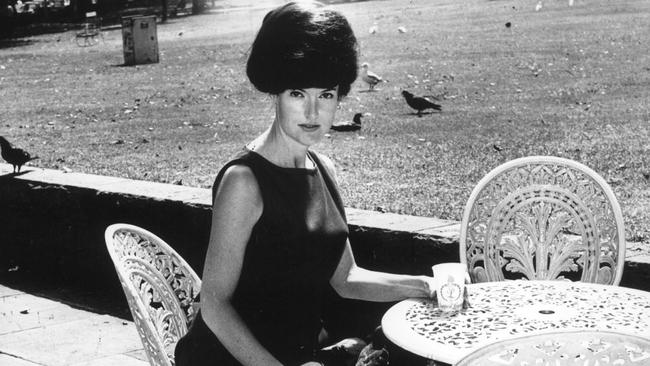
NSW
Don't miss out on the headlines from NSW. Followed categories will be added to My News.
Kings Cross champion Juanita Nielsen went missing on July 4, 1975
Developer, major crime figures suspected of involvement
Body of department store heiress has never been found
JUANITA Nielsen was never the type to blend in with the crowd.
Whether it was her privileged upbringing as a department store heiress, her hard-line stance against developers in 1970s Sydney or simply her trademark beehive hairdo, this was a woman destined to be recognised.
Ironic, then, that such a character could disappear in the centre of Australia’s biggest city in broad daylight in a murder mystery that leaves TV serials like Underbelly for dead.
July 4 marks 40 years since Nielsen vanished from Kings Cross.
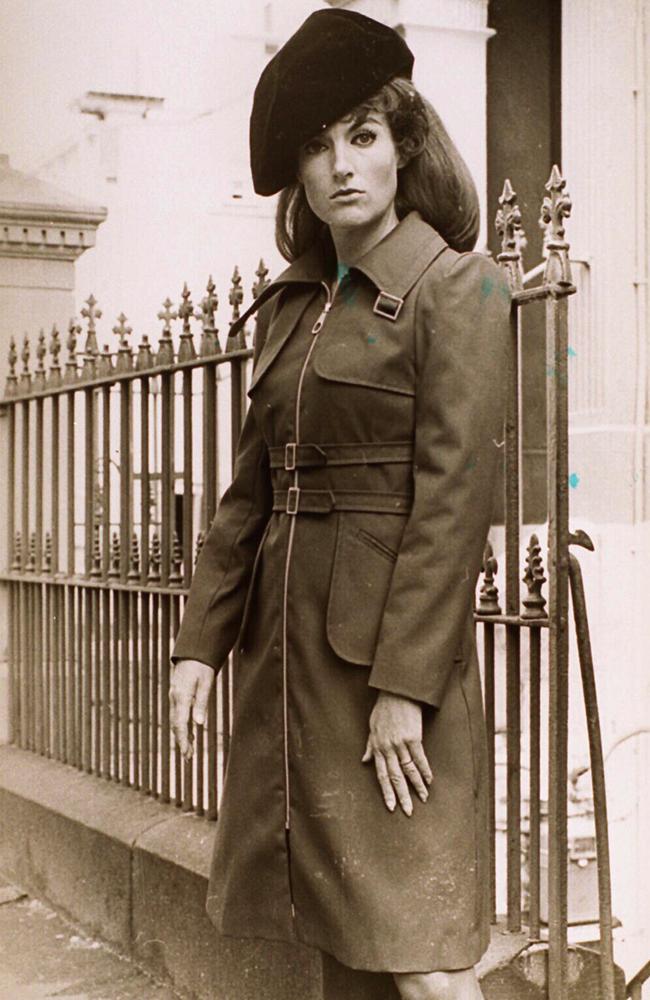
MORE NEWS
SYDNEY DENTAL CLINICS MAY HAVE EXPOSED THOUSANDS TO HIV
FIRST LOOK INSIDE BARANGAROO LUXURY TOWER
CHIVALRY IS DEAD: JAMES PACKER CHILLS AS MARIAH CAREY TUMBLES
It is a crime that has entered Australian folklore, alongside other cold cases like the Wanda Beach murders in Sydney in 1965 and the Beaumont children disappearance in Adelaide in 1966.
Depending on who you talk to, Nielsen, a 38-year-old social activist and newspaper publisher, was either the victim of a hit-man hired by ruthless developers tired of her interference or was rubbed out after stumbling on damning evidence of corruption at the highest levels.
Whatever the case, it is a story involving some of the most famous and infamous figures of that era.
Born in Newcastle in 1937, Nielsen was heiress to the venerable Mark Foy’s department store — a Sydney institution whose main premises covered an entire CBD block now used as the Downing Centre courtrooms.
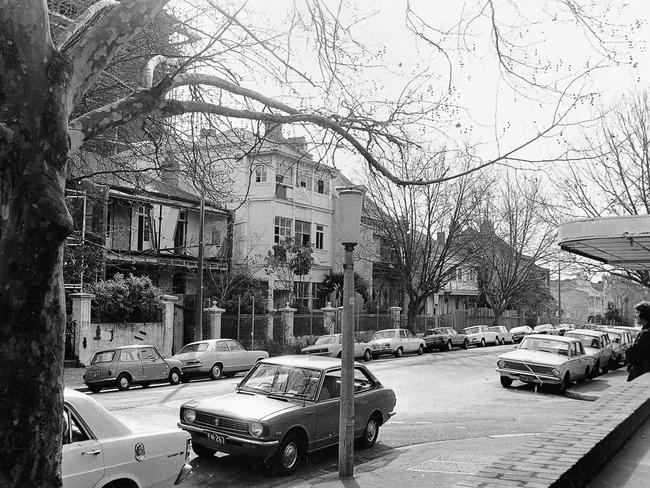
She worked for the company modelling gloves before travelling overseas and tying the knot with a Danish seaman in Japan in 1962.
But Nielsen returned home just three years later and by 1968 had divorced and moved into a terrace house on Victoria Street, Potts Point.
COUNCIL TO RENAME WOOLLOOMOOLOO ST IN JUANITA NIELSEN’S HONOUR
CHILD PROSTITUTION CLAIMS A ‘SET-UP’ CLAIMS SYDNEY BROTHEL MADAME
The historic home was a gift from her millionaire father but it was what came with the property that would ultimately set the headstrong young woman down the path to her untimely demise.
NOW newspaper, produced in that tiny house, started out as an alternative publication covering daily life and business in Kings Cross and surrounding suburbs
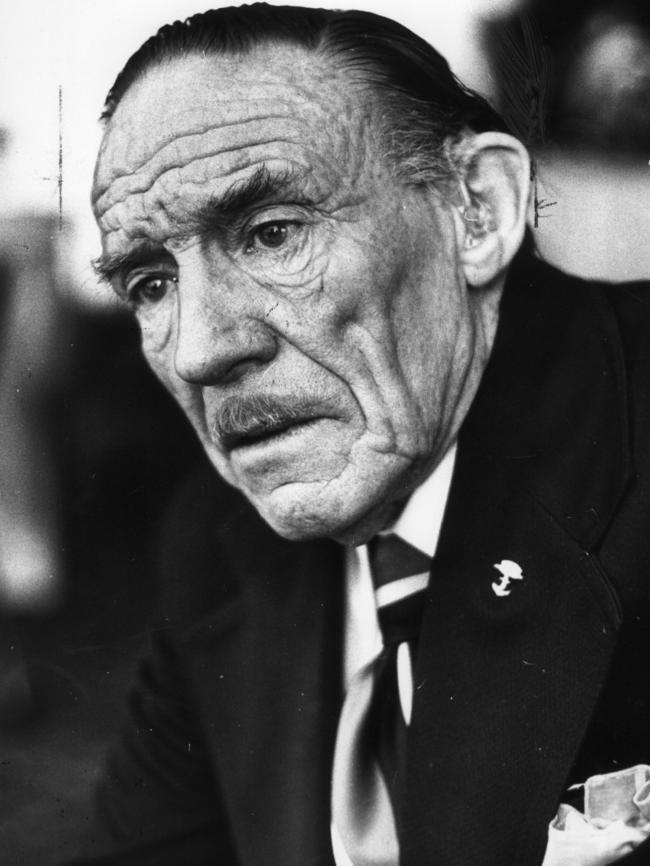
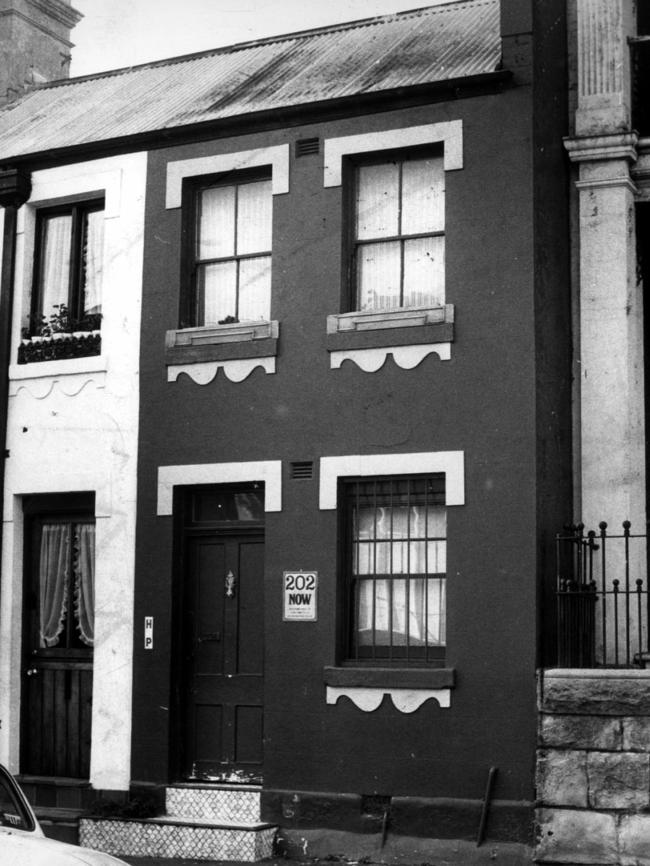
But a wave of development sweeping through inner Sydney in the early 1970s prompted Nielsen to start using the paper as a mouthpiece for activism and urban conservation.
David Farrell, Nielsen’s partner of seven years, says her pedigree and upbringing meant she was not the type to bow readily to anyone or anything.
“She was not a greenie or a political activist in the sense we know them now,” he says.
“She was actually a bit of a loner … just doing her thing and doing it for herself and the people on her street.”
“This was the greatest unsolved murder conspiracy and cover-up in Australian criminal history” — Barry Ward
Of particular concern to Nielsen was Victoria Street itself — a picturesque avenue of historic homes in the sights of property tycoon Frank Theeman, who planned to send a wrecking ball down the street to make way for extensive high-density residential development.
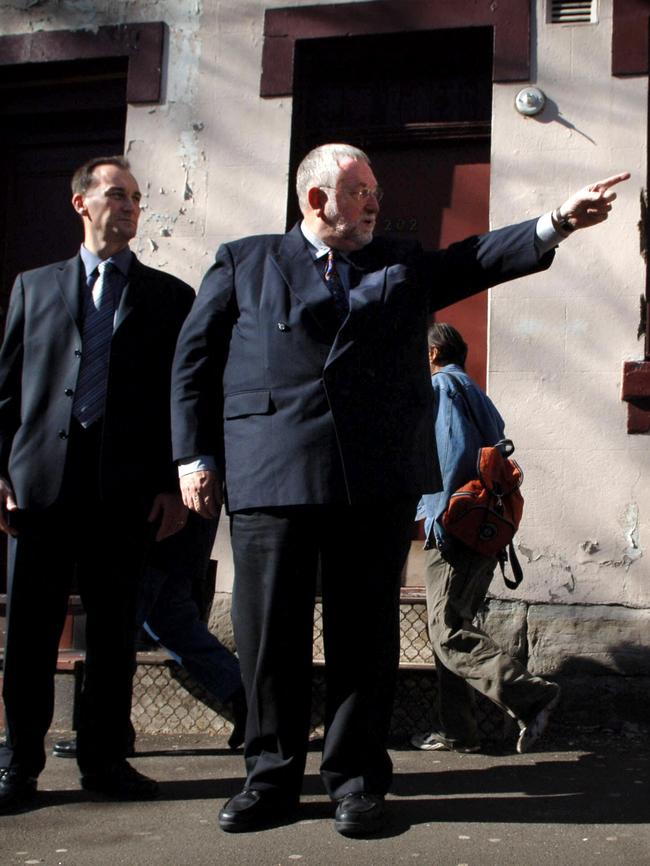
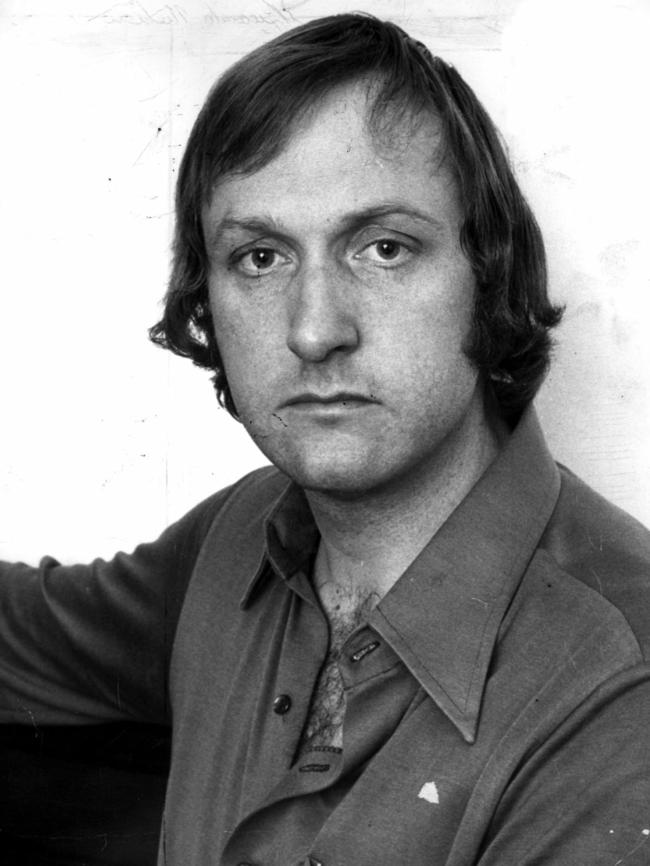
Famed union boss Jack Mundey says Nielsen and her newspaper editorials played an important role in getting so-called Green Bans placed on the area.
“She was a bit of a loose cannon but nevertheless she played a very valuable part in the overall scheme,” Mundey said.
It seems hard to believe that such a woman could wield so much influence but Mr Farrell says Nielsen was “unique”.
“She was a very caring, sharing woman, highly intelligent, good looking and very confident,” he says.
“She could meet anyone, regardless of who it was, and she simply was not intimidated by anyone, because she was brought up not to be.
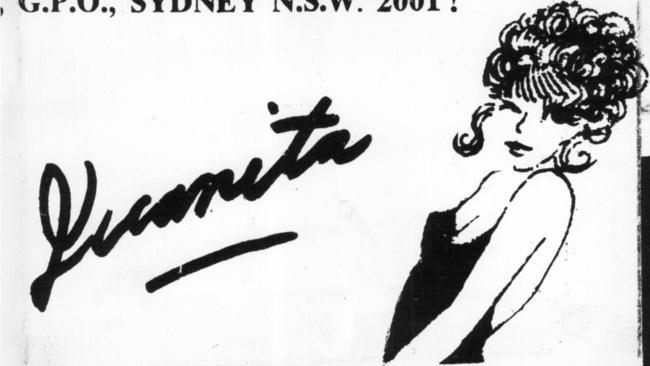
“But that doesn’t mean she was snobbish — she would talk to anyone as an equal.”
The Green Bans, effectively a union-backed moratorium on development, meant Theeman and the Victoria Street properties he had already purchased were losing tens of thousands of dollars a week in interest payments.
That is where things started to turn shady.
Nielsen became increasingly fearful for her safety as anger about the Green Bans swelled.
Another vocal protester — Arthur King — was kidnapped for three days in order to shut him up.
“She (Juanita) had received a threat, but she wasn’t sure where that came from,” Farrell says.
“She’d also had a number of people trying to contact her, luring her away, which she was highly suspicious of.
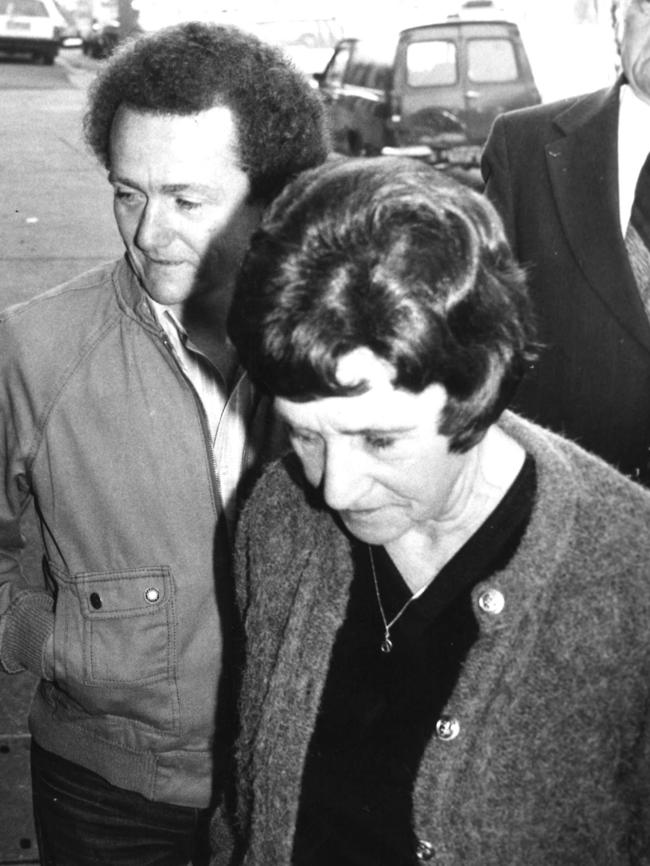

“We sat down and said that we need to keep each other informed of where we were and what we were doing.”
But, despite concerns about her safety, Nielsen agreed to attend a meeting at the dubious Carousel Club — formerly Les Girls — in Kings Cross on July 4, 1975, on the proviso of placing ads in an upcoming edition of NOW.
The club’s owner at the time was “King of the Cross”, organised crime boss Abe Saffron.
It later emerged that Saffron’s right-hand man and club manager, James Anderson, received a $25,000 cheque from Theeman’s development company just six weeks prior to the Nielsen meeting, ostensibly to open a new nightclub in Sydney.
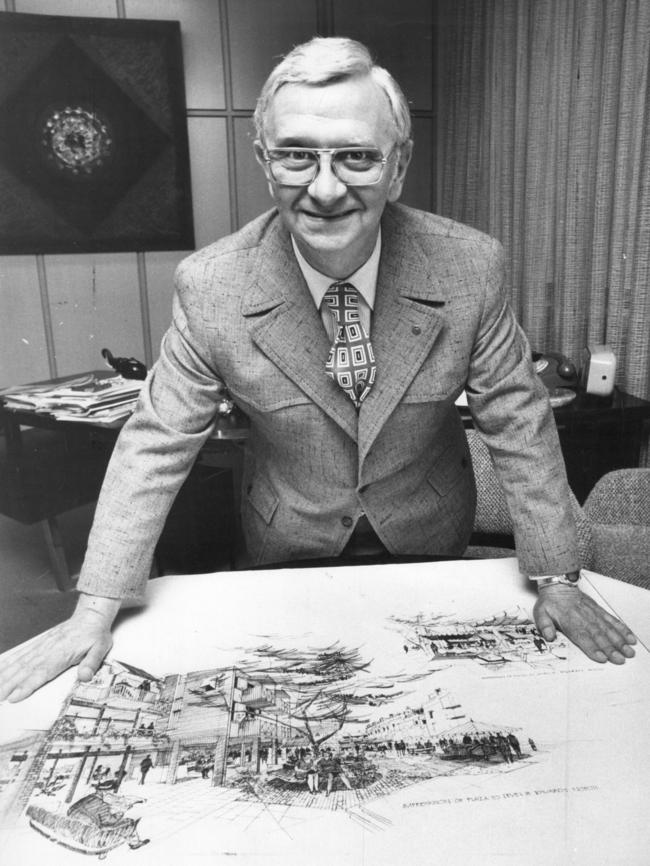
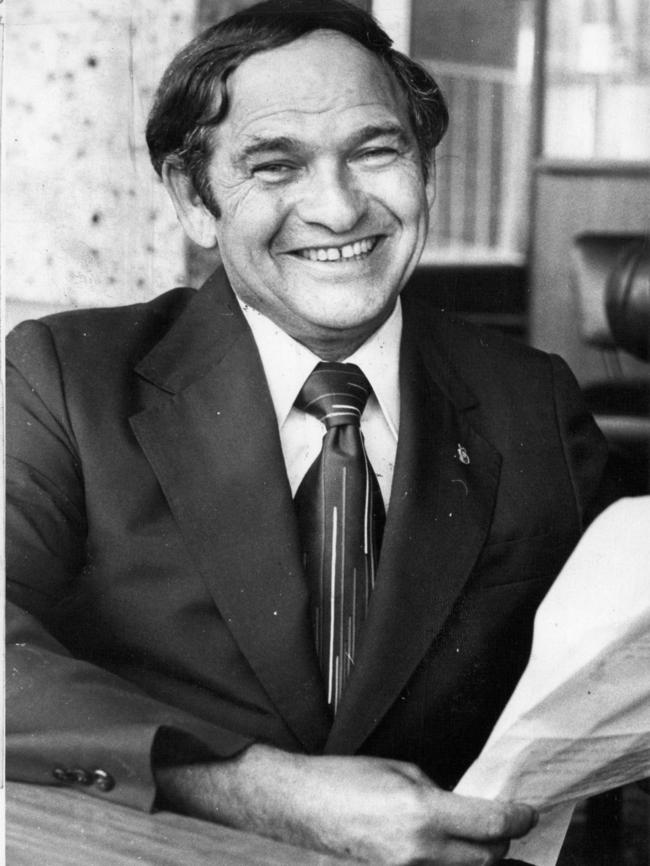
Many would later question whether the money was in fact intended for a much darker purpose.
And club employee Eddie Trigg, who set up the meeting, was jailed in 1977 after admitting that he and an accomplice had planned to kidnap Nielsen less than a week before she disappeared, but pulled out of the caper at the last minute.
Police believe the small-time crook was likely the last person to see Nielsen alive.
Her handbag was found eight days later near a freeway in Western Sydney but there was no smoking gun, no body, no one willing to break ranks from the Kings Cross underworld to talk to police.
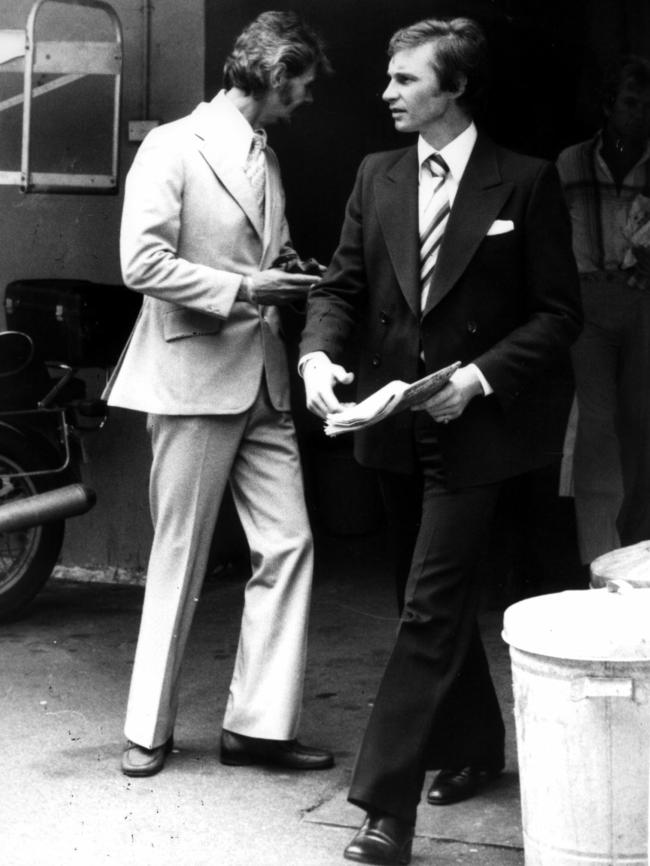

Club receptionist Loretta Crawford told the ABC’s 7.30 Report almost 30 years later that she saw Nielsen’s body with a bullet wound to the head on the floor of the Carousel Club storeroom on July 4, with a mystery man standing over her.
Crawford claimed that Trigg, who was also there, told her: “If anyone asks, sweetheart, I didn’t leave with her (Nielsen).”
But those revelations failed to produce any police prosecution.
James Anderson died in 2003 while Trigg died in 2013, carrying whatever secrets he had about the case to the grave.
Theories abound that Theeman, who died in 1989, paid to have Nielsen killed and her body buried in the foundations of one of the buildings activists had opposed.


However, veteran journalist Barry Ward, who spent years investigating the case alongside late Sunday Telegraph reporter Tony Reeves, believes the entire Carousel Club scenario was a confection “hastily contrived” by authorities to cover up the “truth”: that people in public office had Nielsen killed after discovering she was about to blow the lid on widespread organised crime and corruption in NSW.
He points to what he claims are inconsistencies in the police version of events, and their failure to follow up key leads.
The 1983 coronial inquest into Nielsen’s disappearance returned an open finding but noted the investigation may have been hampered by police corruption.
“We traced a witness who saw Juanita at noon, more than an hour after the official final sighting and dressed quite differently to the police description,” Mr Ward says.
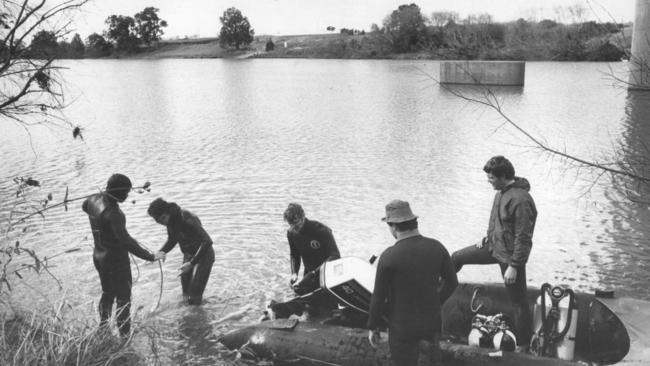
“We were able to confirm this sighting, but the cops didn’t want to know. In fact they attempted to persuade our witness to change her mind.
“Tony and I agreed that without doubt this was the greatest unsolved murder conspiracy and cover-up in Australian criminal history. It is also the most protracted.”
Mr Farrell and police involved in the investigation insist Mr Ward’s claims hold no water.
Officially, police will only say that the case “remains with the unsolved homicide team”.
“But we are not in a position to provide any updates at this time,” a State Crime Command spokeswoman says.
City of Sydney historian Dr Lisa Murray says Nielsen came to the fore at a pivotal point in the city’s history.

“It was a time when the community was really starting to get its own voice. It was starting to say: ‘You’ve got to remember us and you can’t just ride roughshod over us’,” she says.
“Juanita Nielsen really became emblematic — a larger than life symbol of what the community was fighting for.
“She represented the community’s struggle against developers and big business and, to some extent, government as well.”
Mr Mundey says the changes implemented as a result of the Green Bans shaped the Sydney we see today.
“Before that period, there was a tendency to say that all development was good,” he says.
“The Green Bans questioned whether that was so, and made it clear that the environment and ecological considerations were equally important as any progress within the planning department.”

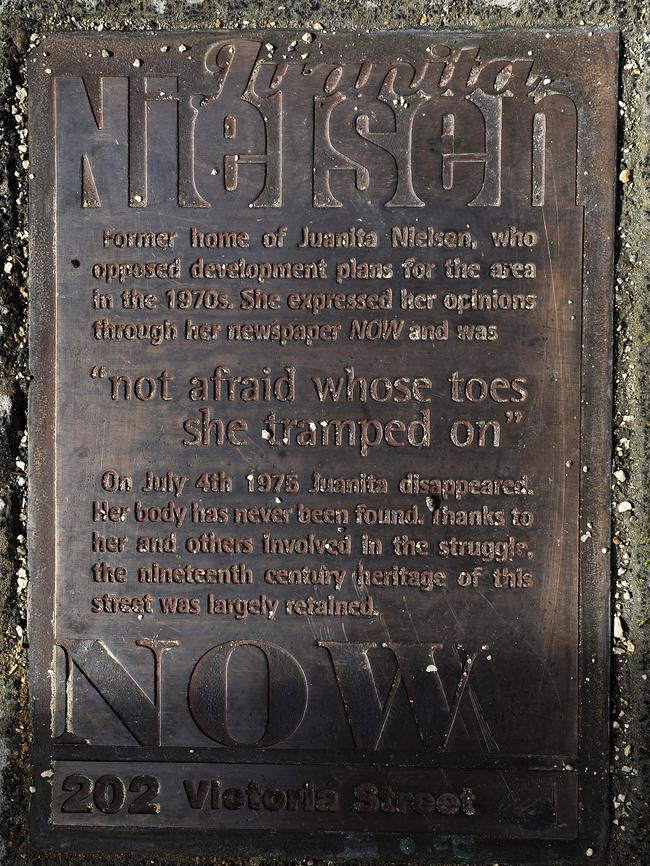
Nielsen’s personal legacy also continues to this day.
Victoria St has been recognised for its historical value, with a section of the 1.6km stretch heritage listed.
Nielsen’s former home has also been heritage listed and a nearby community centre and garden named in her honour.
And an annual Juanita Nielsen Memorial Lecture “encourages recognition of women in public life who are standing up on issues that matter”.
“I started to realise that very few people, unless they were of a certain age, knew who she was, and I found that remarkable,” lecture organiser and Greens senator Lee Rhiannon says.
“Here is a woman who was killed for what she stood up for. We’ve had very few political murders in this country and that’s how the memorial lecture was born — as a way of remembering her.”
Despite such a long passage of time since her disappearance, Mr Farrell believes there are still people out there who know what happened — perhaps even know the whereabouts of Nielsen’s body.
“Whether those people will ever speak up is something I don’t know,” he says.
“But I hope they will.”


